Intro
Not an official breed, the Souke Horse is a variety of the sturdy Hequ breed, an incredibly old set of bloodlines.
Read more
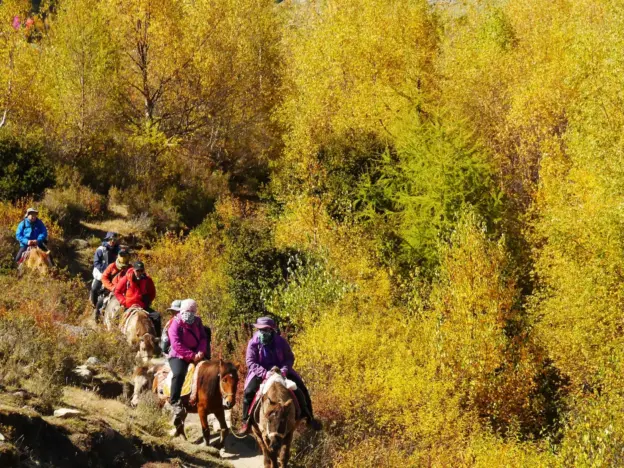
Not an official breed, the Souke Horse is a variety of the sturdy Hequ breed, an incredibly old set of bloodlines.
Read more
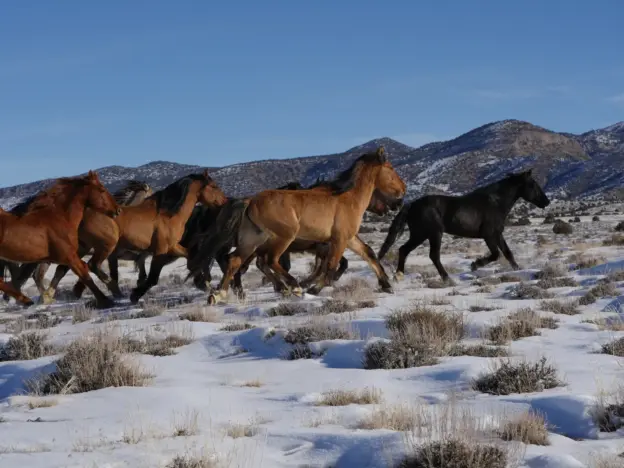
Not an official breed, the Spanish Sulphur, Zebra Horse of Utah or Sulphur Springs Mustang are a particularly pure strain of feral Spanish Colonial Horse found in Utah.
Read more
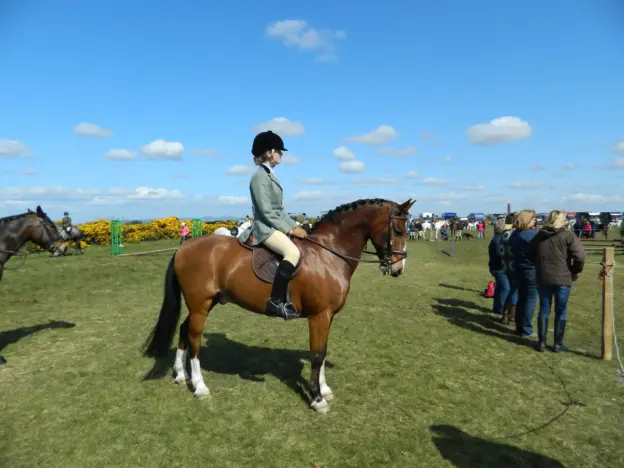
Not an actual breed, the Hack Horse is essentially a type of Anglo-Arabian and the Park Hack or Small Hack is the smallest strain of the variety.
Read more
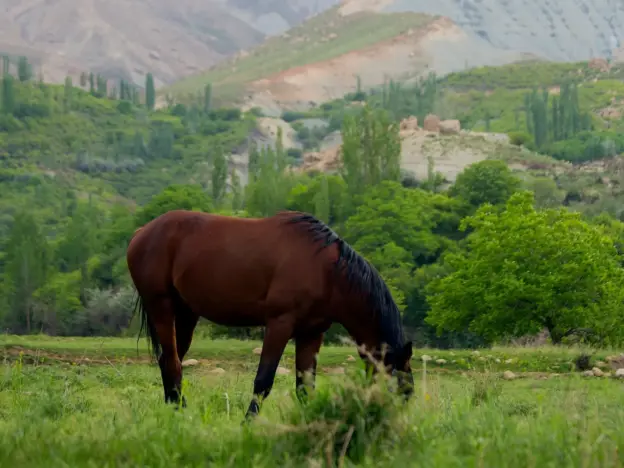
Not an official breed, but still found under the aegis of the Royal Society of the Horse of Iran, the Seistani or Sistani Horse is a variety of Persian Plateau Horse.
Read more
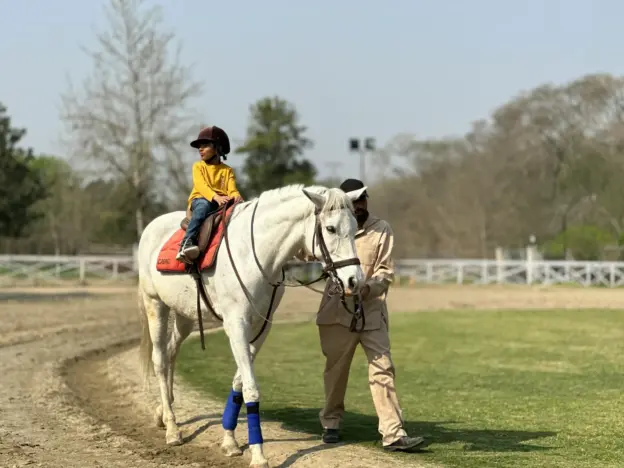
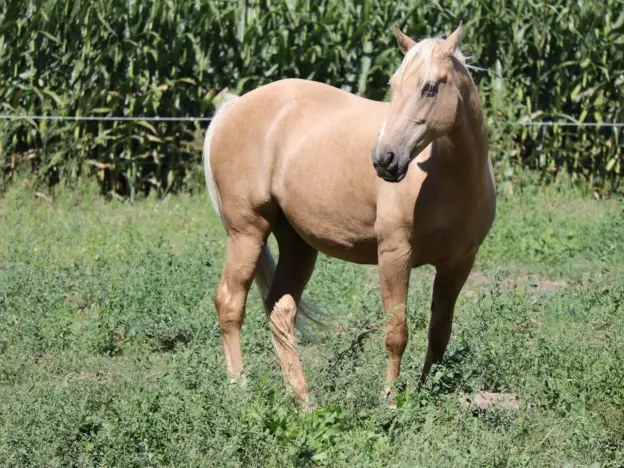
Like many of the feral horses found in the US, Santa Cruz Island Horses are the feral descendants of domestic animals brought to the island.
Read more
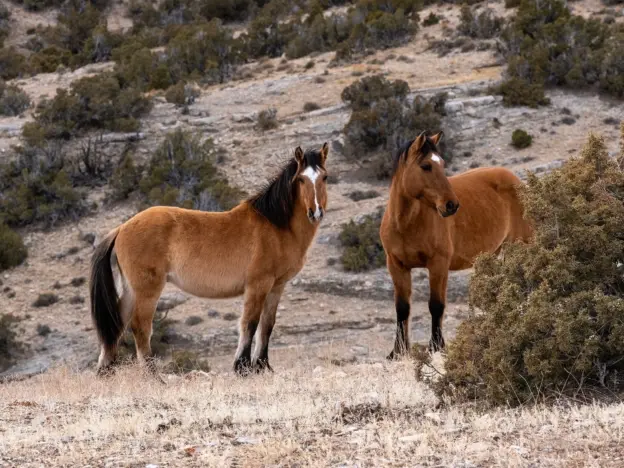
There are many different strains of American Mustang, all of them originally imported Colonial Iberian types. The Pryor Mountain herd is notable for being particularly pure genetically.
Read more
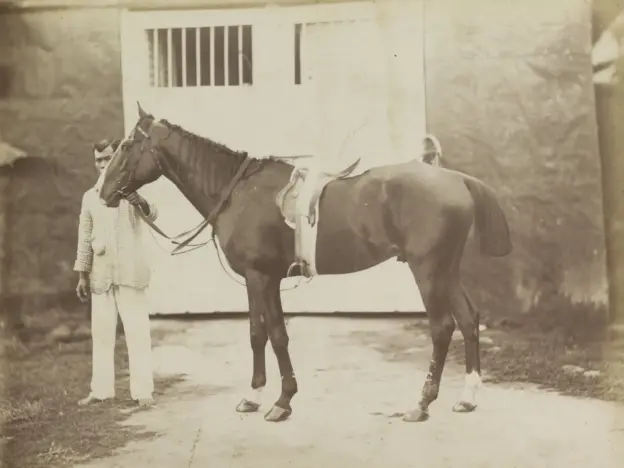
Used almost exclusively for racing, the Philippine Race Horse of today is English Thoroughbred adapted locally.
Read more
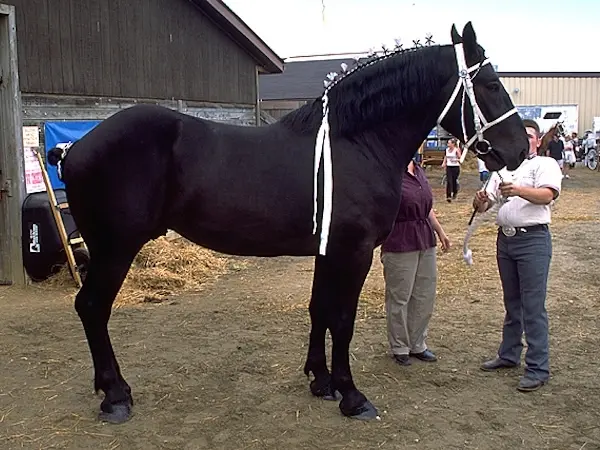
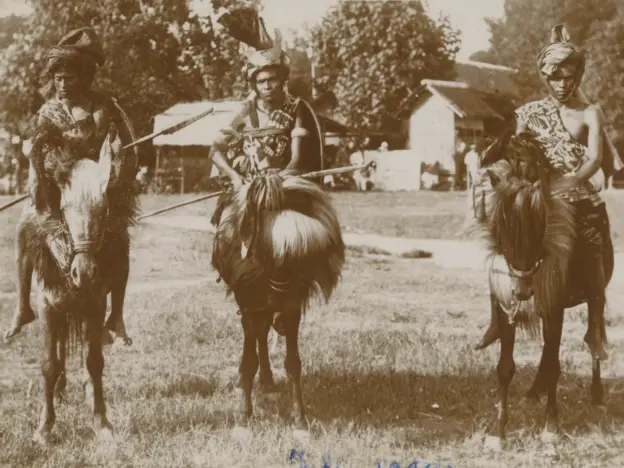
A small breed of horse that is descendant of horses brought to the country during the colonial era.
Read more